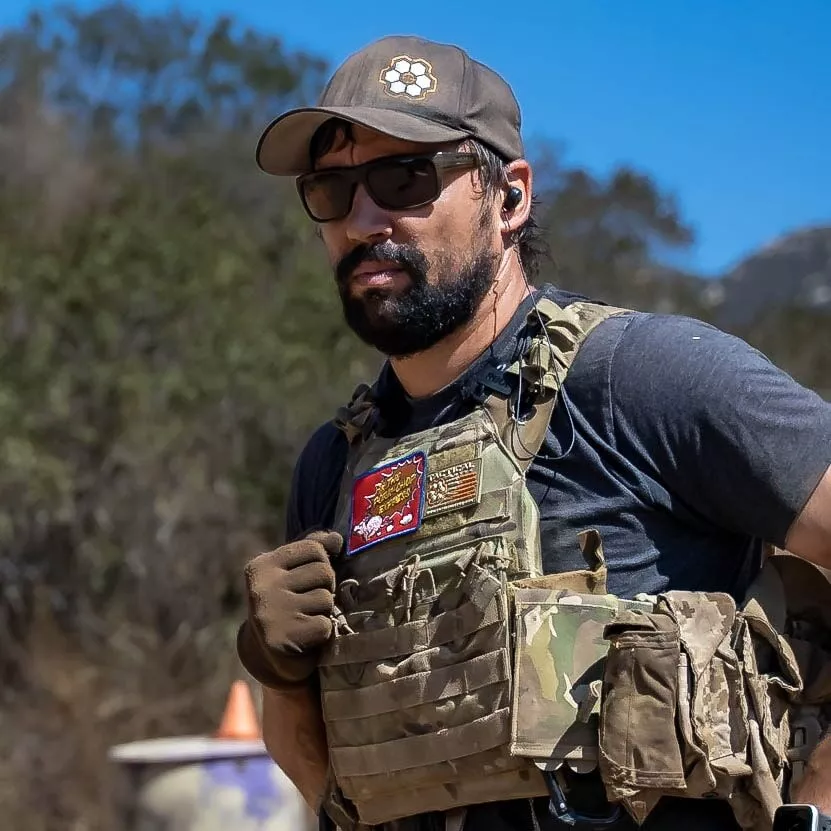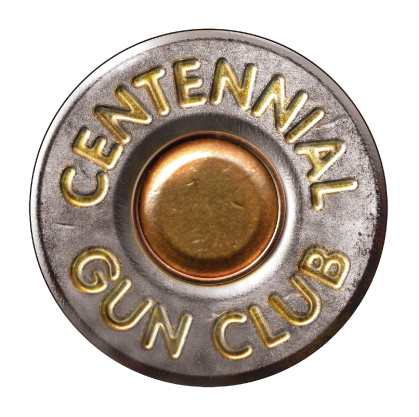DORR OVERBY 1-DAY FORCE ON FORCE SIMUNITION TRAINING
BEGINNER-ADVANCED CLASS
Class Description
FORCE ON FORCE SIMUNITION TRAINING
This reality-based class is designed to introduce and train students in the physiological and psychological conditions experienced during a gunfight through simunition training drills.
WHEN?
Sunday, August 6th
WHO IS THIS CLASS FOR?
This simunition training class is ideal for students who have little to no experience with Force on Force; however, because of the dynamic and unique nature of force-on-force scenarios, the class is still extremely valuable for those with a lot of experience.
- Must be safe in all aspects of manipulating a handgun.
- Must have all the required equipment and gear.
- Must be proficient in drawing a handgun and doing magazine reloads.
WHAT WILL THIS CLASS COVER?
- Real-world safety
- Weapon handling in and out of the home
- Introduction and familiarization with non-lethal weapon systems
- Pre-force planning
- Stress effects on the body/operating under stress
- Threat anatomy
- Shot placement and the reality of “stopping power.”
- Critical target selection/point of aim
- Human anatomy as it applies to the use of force
- Concealment clothing/drawing from concealment
- Close quarters shootin
- Defensive and offensive movement
- Threat avoidance
- Confronting and recognizing the threat
- Pre-assault indicators
- Use-of-force decision-making (shoot/don’t shoot)
- Considerations for after a use-of-force and contact with law enforcement
Class Gear/Equipment Requirements:
- Pistol of your choice for live-fire drills. Make sure it is in good, working condition. (Long slide guns will not be suitable, e.g. Glock 34. Competition trigger jobs on striker-fired concealed carry guns are unsuitable for
this class.) - We will provide all non-lethal pistols (i.e. Glock 17s/19s as they are the most common pistols) and non-lethal
ammunition. If you would like to use your own model gun (e.g. a Sig Sauer or 1911 platform), you will need to
have your own non-lethal conversion kit and ammunition. We will have extra concealed carry holsters and magazine pouches for students who do not use a Glock 17 or 19, but who will be using one of our Glock 17s/19s for our scenarios. - Concealed carry holster to simulate concealed carry scenarios. Outside the waistband holsters are acceptable, but we recommend them only if your line of work requires you to carry your weapon overtly.
- Gun belt
- At least 3 pistol magazines.
- Magazine pouches so you can carry at least one extra pistol magazine. (If you will be using a concealed carry holster, please use a magazine pouch designed for concealed carry. Overt holster users can use traditional, overt magazine pouches.)
- At least 250 rounds of ammunition
- Eye and ear protection
- Comfortable shoes. Most of the day, we will be on our feet.
- Drinks and food
If you have questions, please email Joey Mizufuka before signing up for this class.
- MEMBERS SAVE 20%: $400.00
- Non-Members: $500.00
- Class Time: 9AM – 4 PM
- Skill Level: Beginner-Advanced
- Capacity: 10
Equipment To Bring:
- Long-sleeved shirt, and pants are mandatory as a minimum for Force-on-Force scenarios. (Clothing will very possibly be stained by paint, so please wear expendable items.)
- Cover garment (thick, oversized sweater or jacket to help absorb the impact of non-lethal ammunition–only worn for scenario training). It’s a good idea to bring layers as you determine your own comfort level and can adjust accordingly.
- Scarf or balaclava to protect your skin/neck area.
- Groin protection. Mandatory for use during scenario training.
- Tactical/padded gloves that allow you to manipulate your weapon while providing a level of protection
against non-lethal ammunition. Mandatory for use during scenario training. A lot of people get shot in their hands, so good, padded gloves are important. - Additional safety equipment for Force on Force will be provided.
Continued Training:
- Lowlight Handgun with Dorr Overby
- Tactical Pistol with Dorr Overby
ABOUT THE INSTRUCTOR:

Dorr Overby
Director of Training for Tactical Hyve
Dorr is a retired U.S. Navy SEAL with 20 years of Naval Special Warfare experience ranging from Special Warfare Operator, Lead Sniper, Lead Breacher, Communicator, Range Officer in Charge (OIC), and close-quarters battle (CQB) and Weapons Instructor.
Dorr had six operational SEAL tours of duty during his career serving in Operation Iraqi Freedom (OIF), Operation Enduring Freedom (OEF), and Operation Inherent Resolve (OIR).
During his career, he also spent six years as weapons, CQB, and breaching instructor, achieving the rating of Master Training Specialist in these three specialties.
Dorr served tours as a BUD/S instructor and as a SEAL Qualification Training (SQT) instructor responsible for curriculum development and teaching the basic weapons and CQB courses for all U.S. Navy SEAL candidates.
He has trained over 1,000 Navy SEAL candidates in combat shooting and marksmanship with the M4 carbine, Sig Sauer P226, Glock 19, MK18, MK 46, MK 48, and various 40mm grenade launchers.
Dorr was hand-selected in 2017 by his command to rebuild the combat pistol/ carbine course for the West Coast SEAL teams. Working with the best instructors around, he ushered in a new modern tactical shooting program, which is still in use today.
Does Force on Force hurt?
Force on Force training with qualified instructors is very safe. However, non-lethal ammunition can hurt, especially upon impact on bare skin or thin clothing. The feel of the sting can be mitigated by wearing thicker clothing such as a heavy sweatshirt or jacket, as well as a scarf or high- collared shirt/turtleneck; but refrain from wearing body armor or too many layers. Force on Force training is SUPPOSED to hurt. Pain is a very good teacher.
Will I be shot during the scenario training?
Yes, all participants of the class must agree to role-play as both defenders and aggressors. You may wear thicker clothing/layers to mitigate the feel of the non-lethal ammunition, and a full-face mask and gloves must be worn to reduce the chance of injury.
No prior force-on-force experience is necessary, but because of the realistic nature of the class, this is an advanced class for those serious about defending themselves. Students must know how to operate and manipulate their pistols safely, and they should be comfortable drawing from concealment and with moving and shooting.
Students must be at least 21 years old or 18+ with a guardian, and due to the Department of State ITAR regulations, tactical training is only available to US Citizens/Legal Residents.

